Best HomeKit devices in 2025
HomeKit — Apple's home automation platform is still one of the best ways to control different smart devices around your living space. There are loads of devices too, such as cameras, light bulbs, thermostats, and more that can be controlled with your voice or a tap on your iPhone. Even better, they're created in such a way that protects your privacy and ensures security for your network - and in some cases, your home itself.
The biggest problem with HomeKit perhaps is that it can be tricky to find the best HomeKit devices for you. Which ones fit your use case, with the features you need, at a price that suits you. We know our HomeKit devices here at iMore, and we've put together some of our favorites so that you can get the perfect starting point to a HomeKit setup in your home. Remember to budget for additions like the best smart plugs for HomeKit too. While you're researching, keep an eye on what comes of Matter too -- the new era of smart home that hasn't emerged yet.
These are the best HomeKit devices you can buy
You can always trust iMore.
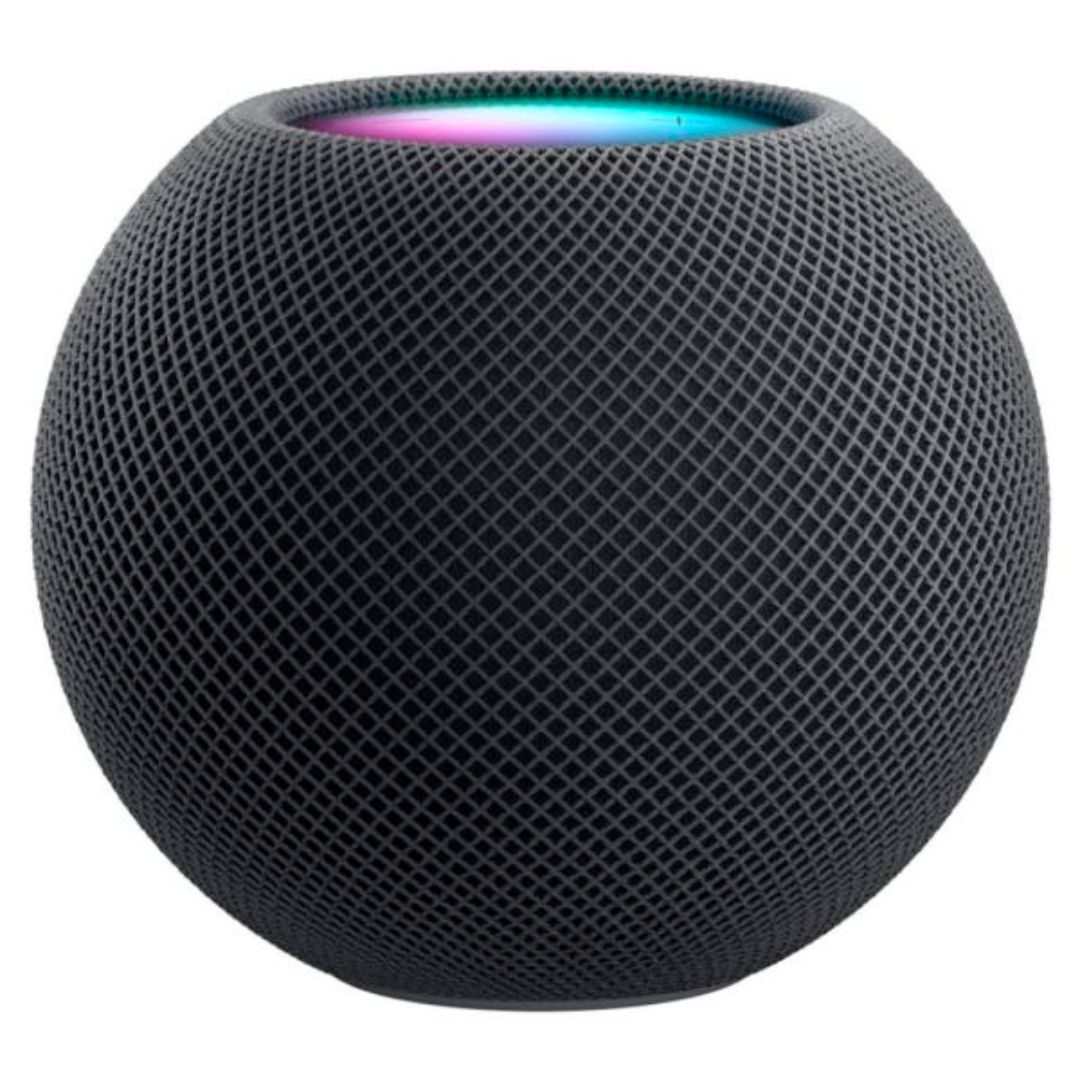
Control center
Apple's HomePod mini acts as the command center for your smart home with HomeKit hub capabilities and voice controls. As a HomeKit hub, the HomePod mini connects directly to Thread devices, enabling out-of-home remote controls and advanced features like automation. Siri integration allows you to shout commands to turn off the lights or cool down the house — all without lifting a finger.
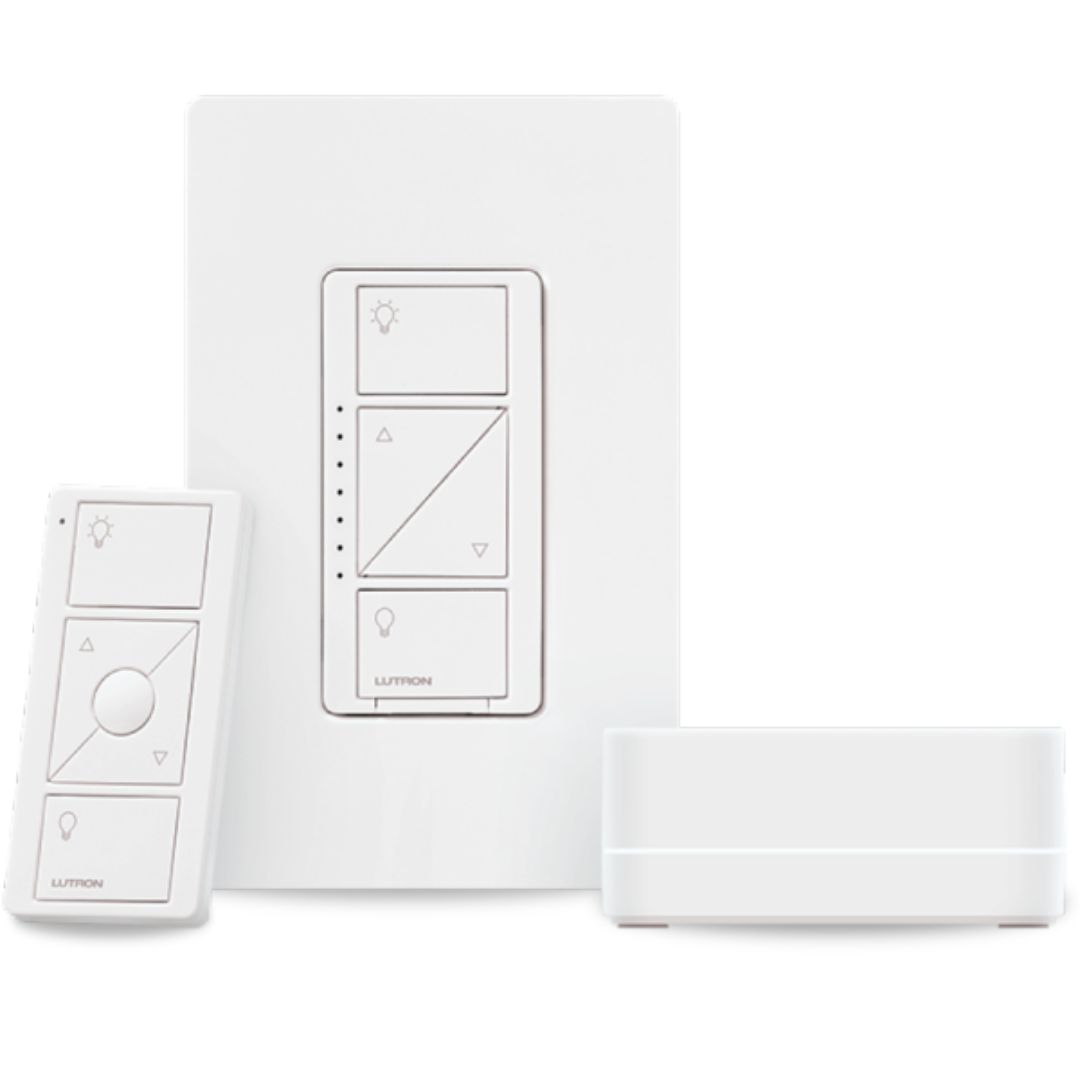
Switch things up
The Caséta starter kit includes everything you need to get started with fast and reliable HomeKit lighting. Inside the box is the Caséta hub, an in-wall dimmer switch, and a Pico Remote. The wireless dimmer is incredibly easy to install, and it doesn't require a neutral wire making it compatible with most homes. It'll connect up to the Home app on your iPhone when it's added into a HomeKit setup through the hub.
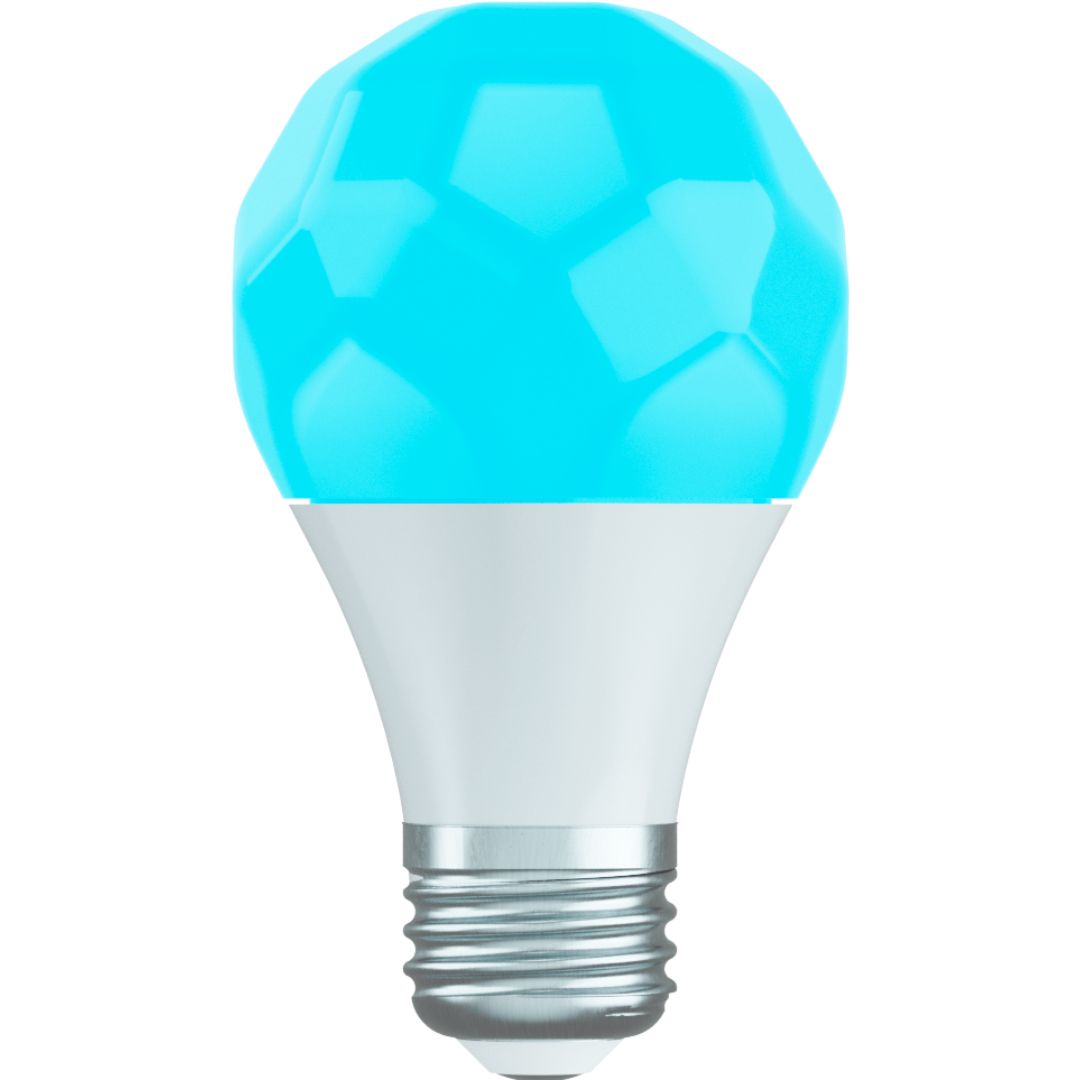
Lights on
If you want smart, colorful lighting without having to replace a light switch or needing a hub, then the Nanoleaf Essentials A19 Light Bulb is your best bet. Nanoleaf's bulb supports millions of colors, HomeKit Adaptive Lighting, and the latest and greatest networking technology, Thread — if you have a HomePod mini in your home. This is for screw-fit light fittings, so no dice for bayonet fittings unfortunately.

Get smart
Belkin's Wemo Wi-Fi Smart Plug is the quickest way to start your HomeKit journey. This tiny device plugs into any electrical outlet and instantly turns anything attached smart. You can control devices such as coffee makers, lamps, air purifiers, fans, and more with your voice or through a simple tap on your iPhone. That, and if you look really really carefully, it looks like a little head with a shocked face. Cute.
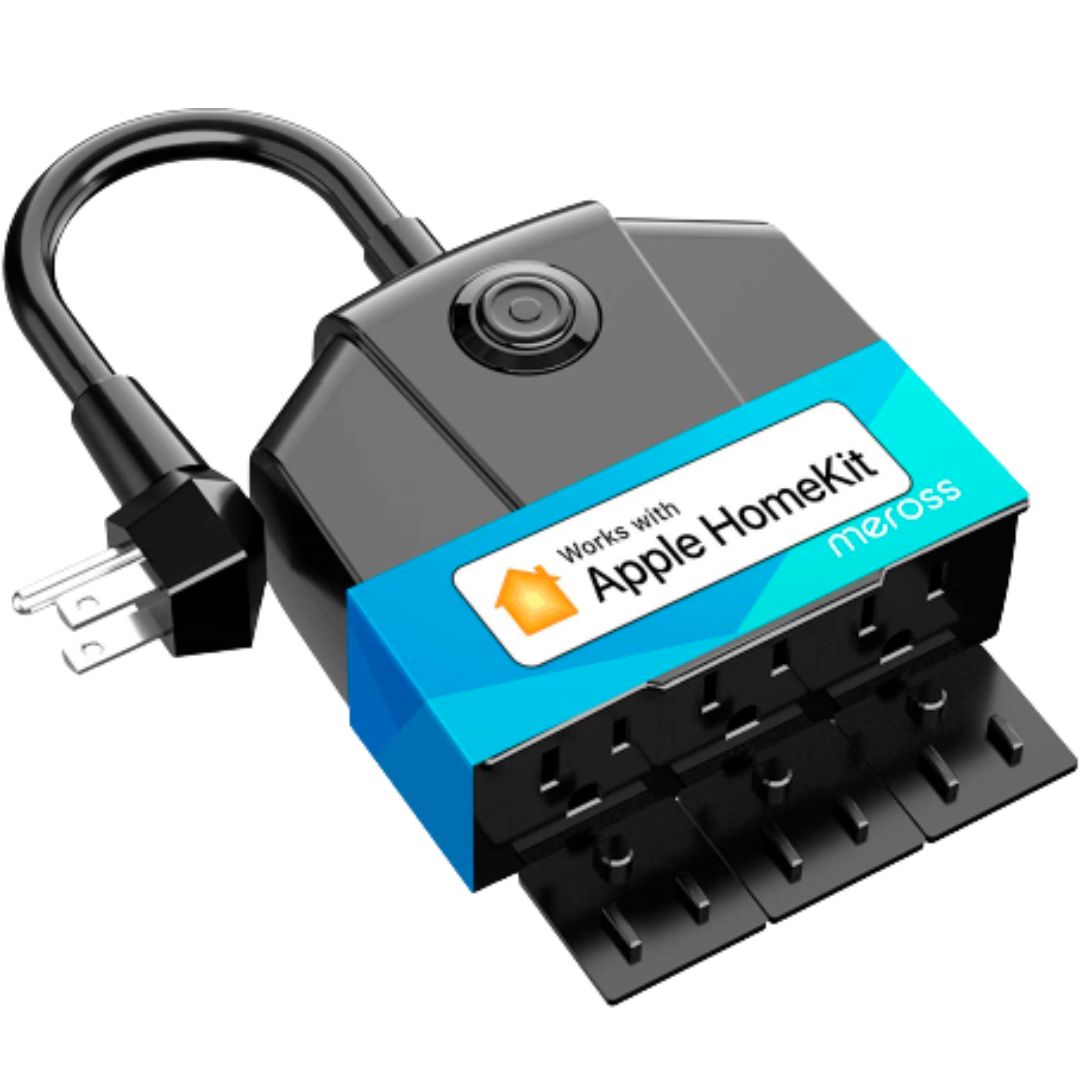
Total control
The meross Outdoor Smart Plug gives you total control over your lights, holiday decorations, and other outdoor devices. Featuring three weather-resistant outlets, you can set schedules and control devices independently from anywhere using the app or your voice with Apple HomeKit and Siri. The plug features covers too, so if there's nothing plugged in then the sockets will be protected from the weather.
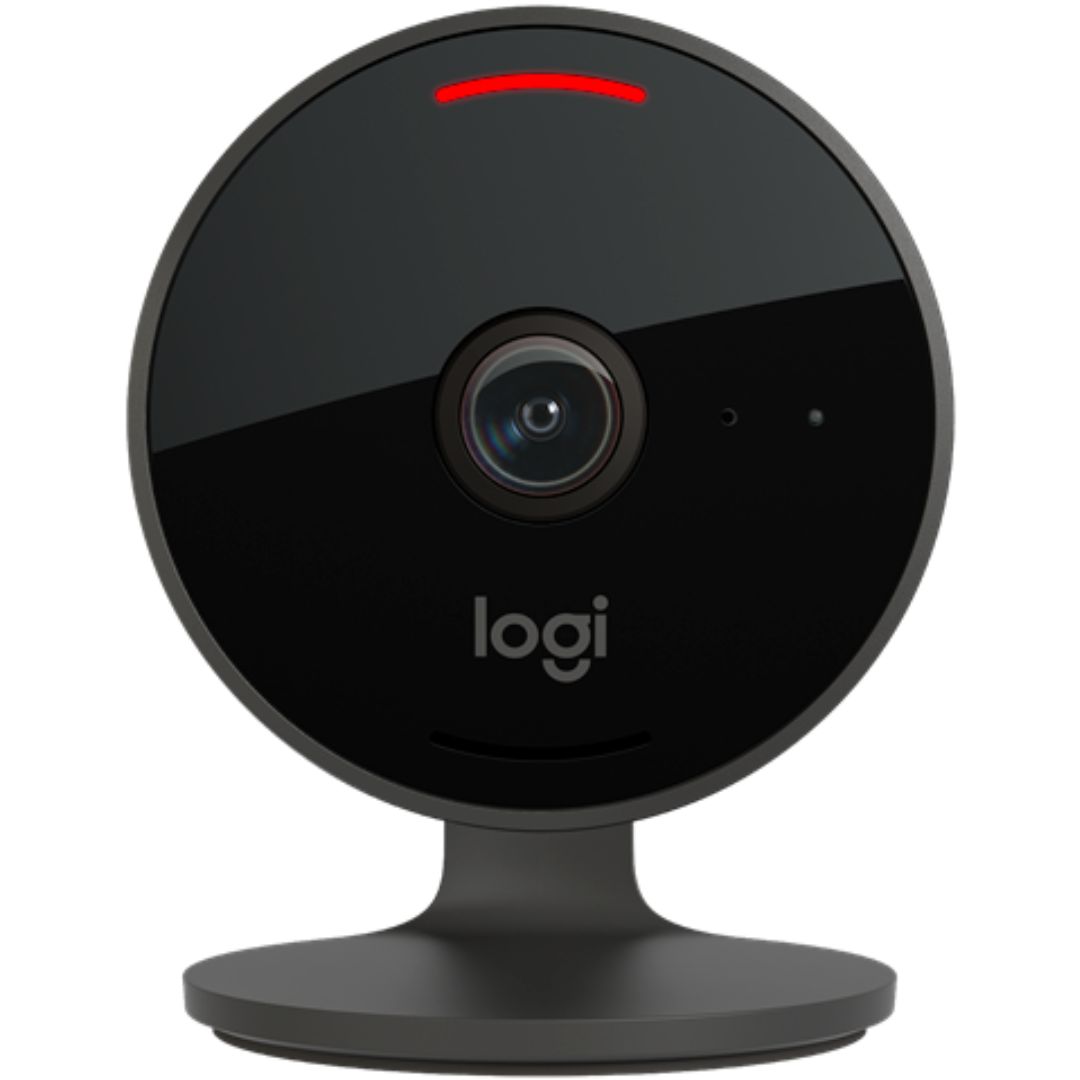
Keep an eye on things
The Logitech Circle View is one of the most flexible cameras around with its ability to work indoors and out. The Circle View includes staples like 1080p video, two-way audio, notifications, and night vision. Plus, Logitech's camera also supports Apple's HomeKit Secure Video, which utilizes iCloud for storage. It's even weatherproof, so you can be sure that if you stick it outside it's going to be protected.
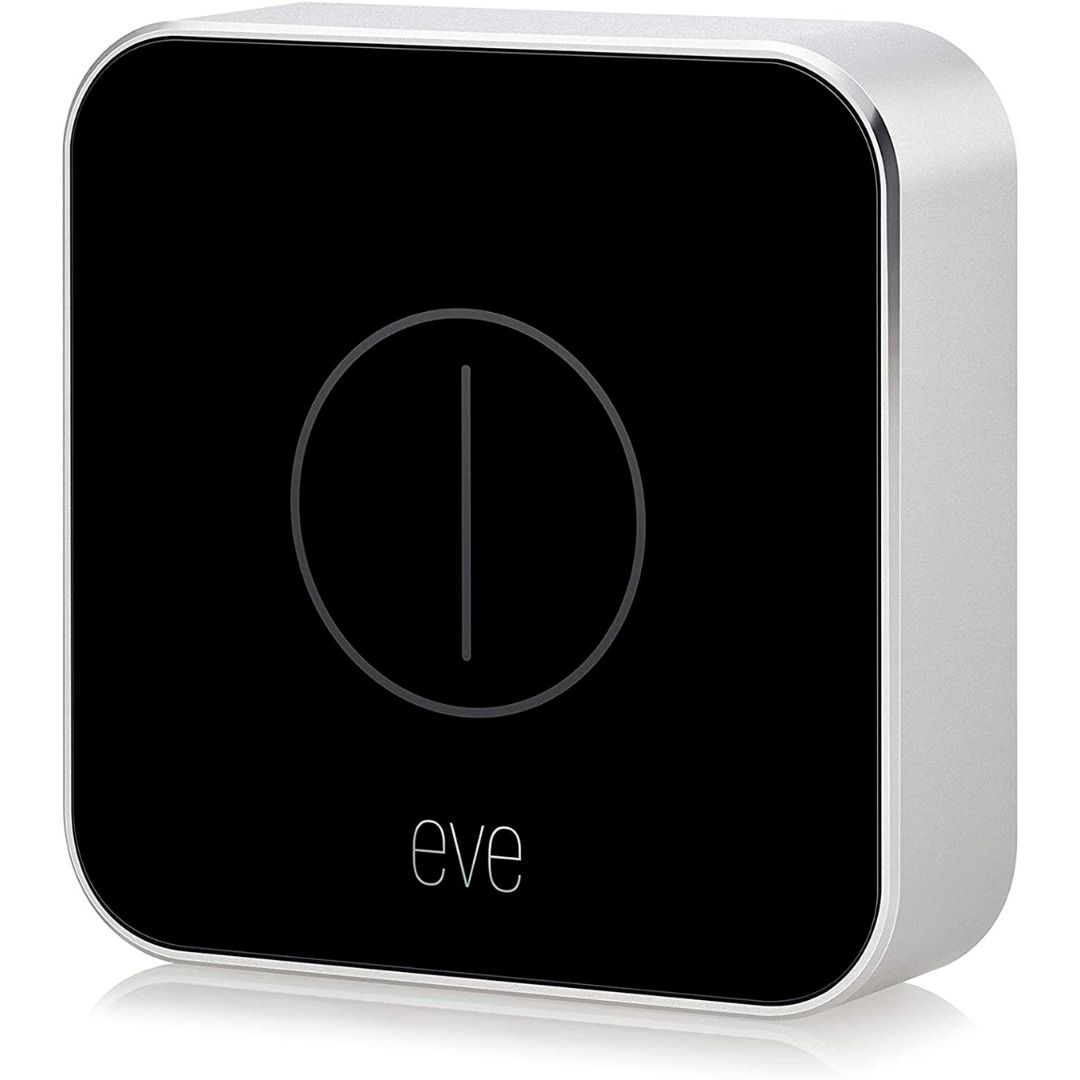
Get physical
The Eve Button can control a HomeKit scene or turn on a single device with a simple press. Up to four different actions are assignable, such as a single press, double press, or press and hold. A truly wireless design allows for placement in the spots most convenient to you. It's super premium feeling as well, with metal and glass construction on the sides and on the touch surface. Get multiple for different spots around the house.
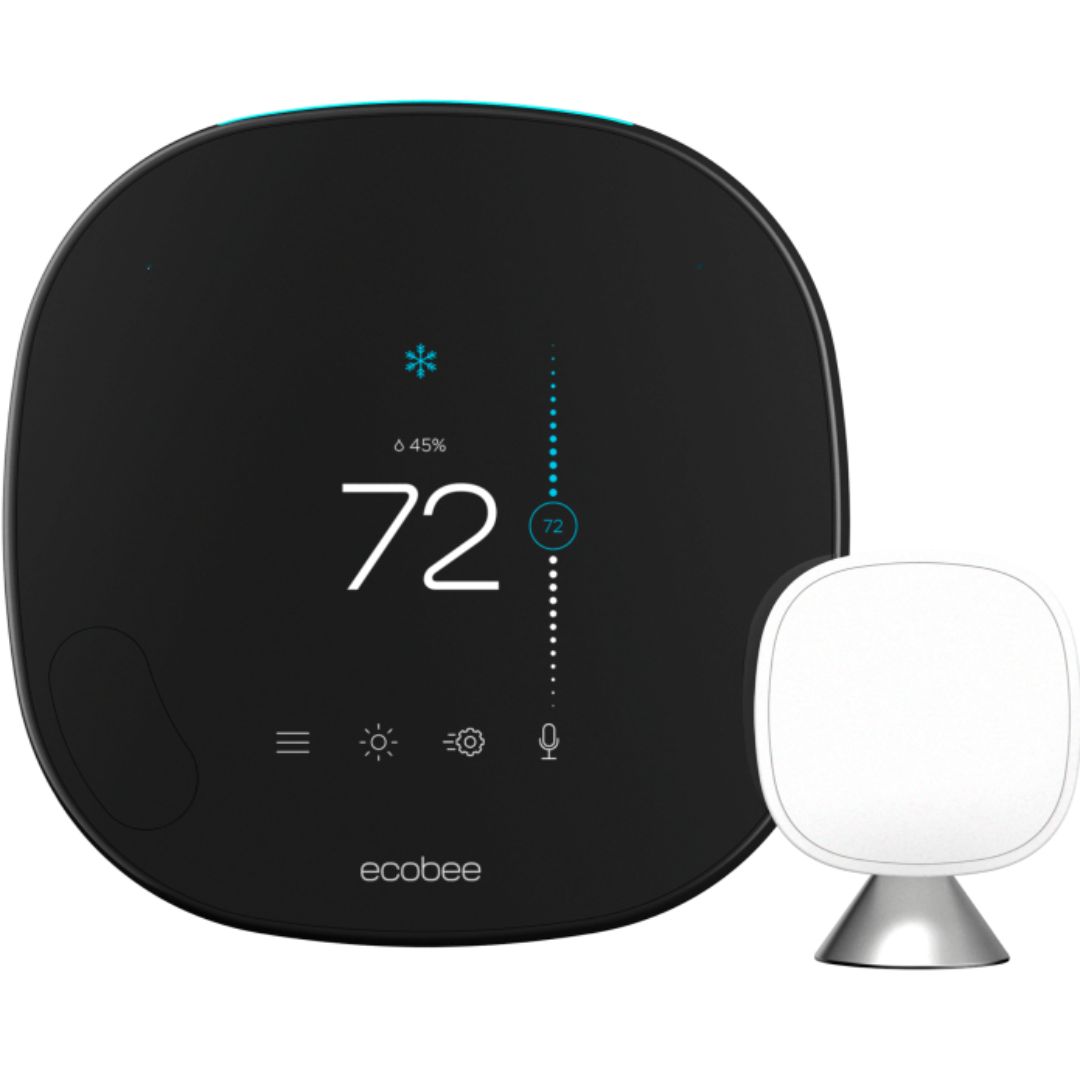
Keep your cool
The ecobee SmartThermostat one-ups the popular Nest thermostat line by including a handy remote sensor in the box. This sensor enables the thermostat to adjust according to the room you care about the most, not where it resides. The SmartThermostat also has Alexa inside, great for controlling non-HomeKit devices. The screen on the front of the controller means you can see the temperature at a glance.
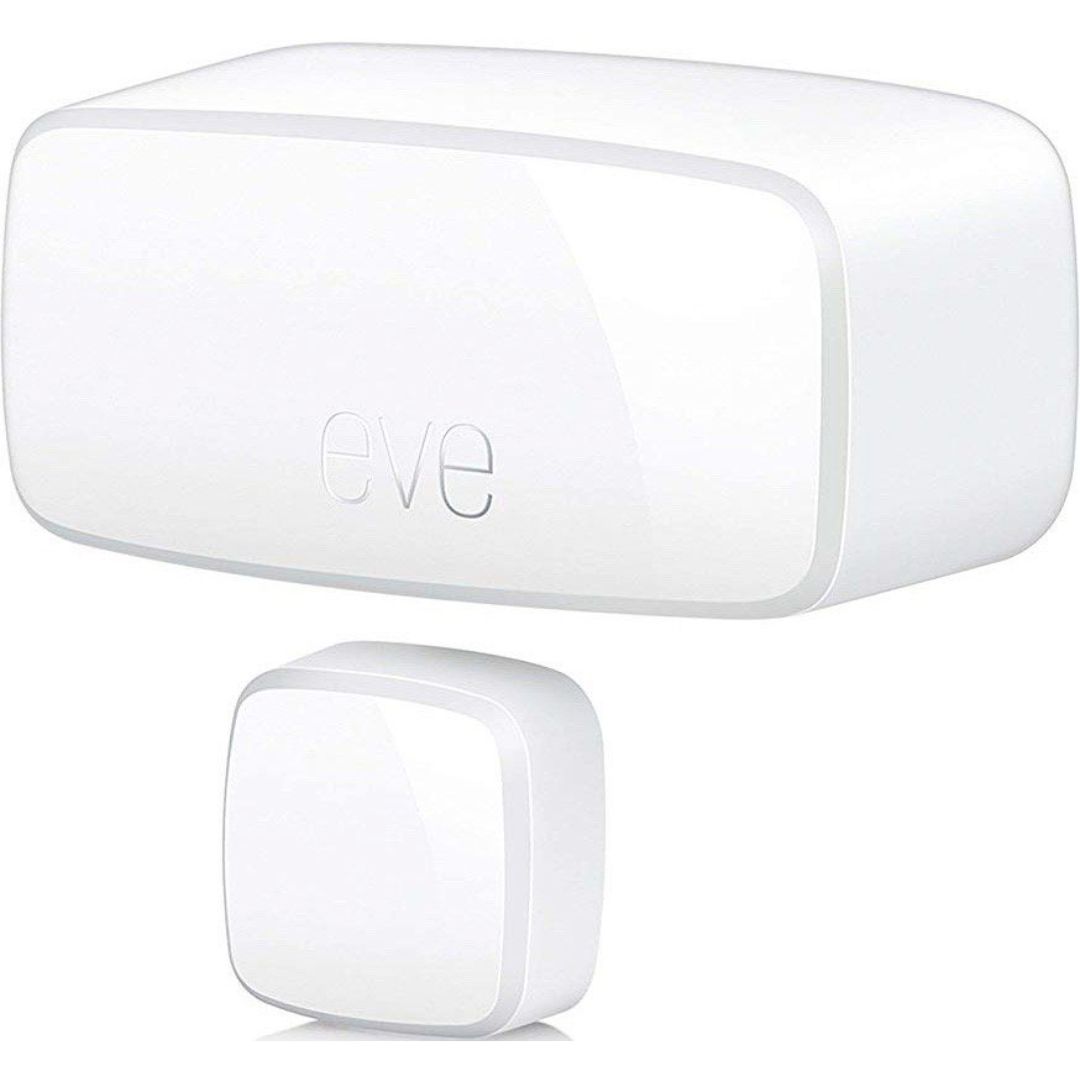
Stick-on security
As the name suggests, this sensor monitors the doors and windows in your home and notifies you when one opens or closes. The Eve Door & Window connects to HomeKit using Bluetooth or Thread, making it quick to pair, and with a peel-and-stick design, you can secure your home in seconds. When connected up to HomeKit it will not only let you know when it's triggered, but you can set it up to start an alarm.

Completely invisible
Level's lock is an entirely invisible solution that hides everything inside of your door. This design allows you to keep your existing hardware and original keys, making it perfect for renters. The Level Bolt is also effortless to install, and since it uses Bluetooth, you can be up and running in a matter of minutes. Easy to fit, easy to connect, and easy to use. You can use the HomeKit connectivity to unlock it remotely.
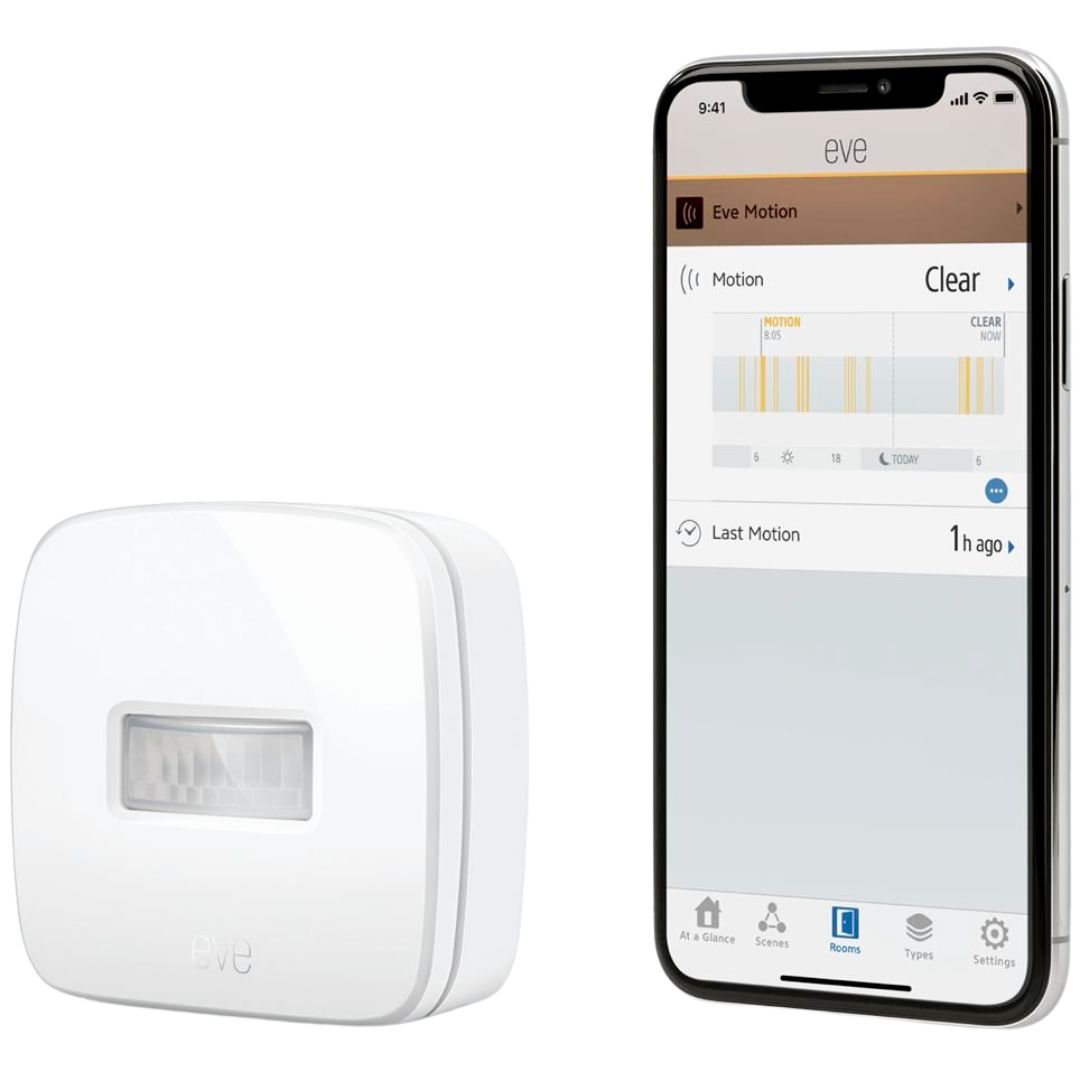
Automate it
When combined with HomeKit, the Eve Motion Sensor can automate every accessory category, including fans, plugs, and speakers. This completely wireless sensor sports an IPX3 water resistance rating, so it works indoors and out, creating many automation possibilities and making it one of the best HomeKit motion sensors. It's small too, so it's not too intrusive no matter where you might put it. You can control it with its own app, or hook it up to HomeKit.
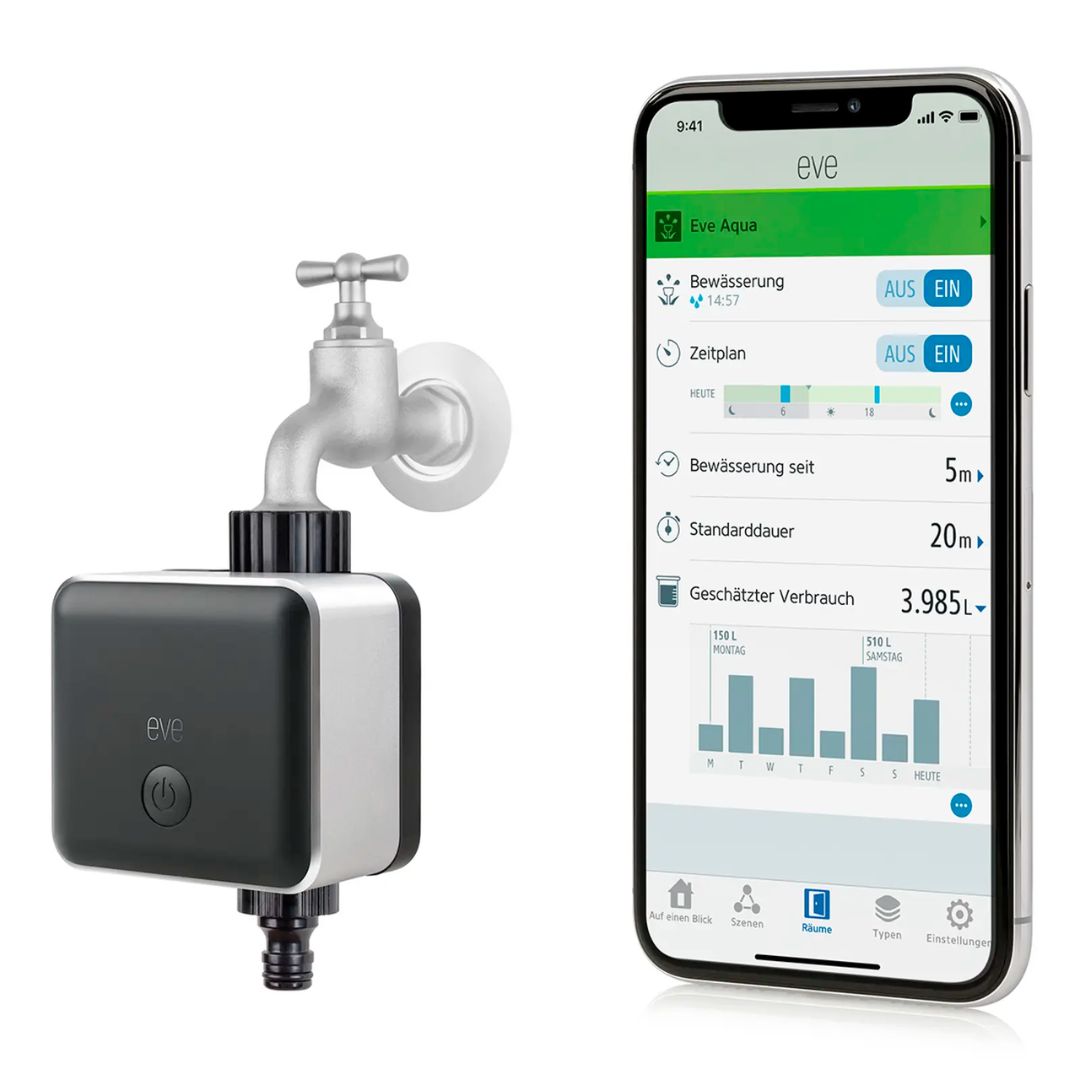
Stay hydrated
The Eve Aqua attaches to a hose spigot and delivers water anywhere you desire. The Aqua works with sprinklers, drip irrigation systems, and more, as long as it has a hose fitting. A built-in Bluetooth radio allows the Aqua to connect directly to your HomeKit hub or iOS device without a separate app. It can be automated should you need a sprinkler to go on at a certain time of day.
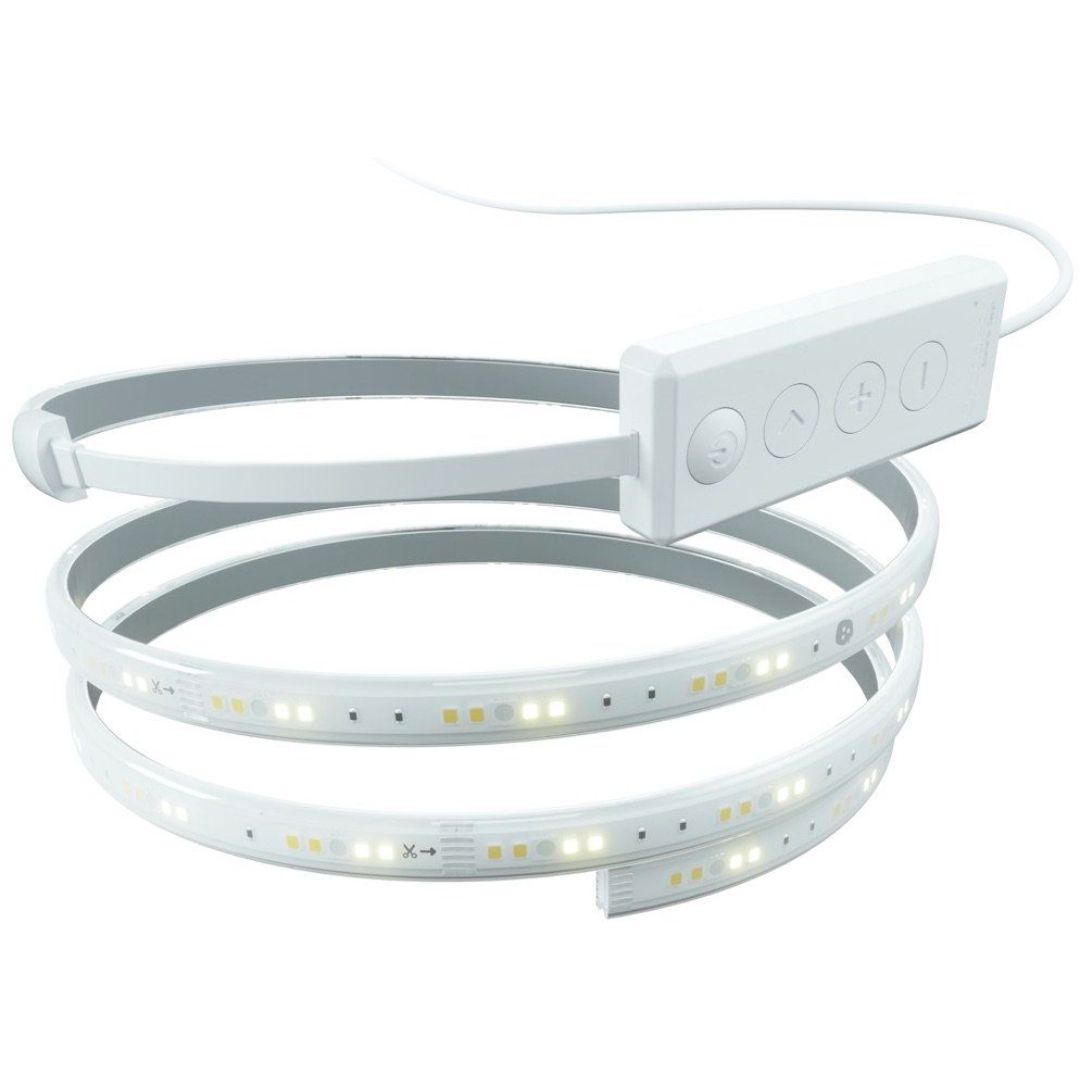
Essential lighting
This Nanoleaf Essentials Lightstrip kit features an 80-inch LED light strip that includes a controller and power supply. Through the Nanoleaf or Home app, or by using your voice, you can customize the lights to match your mood or take advantage of the adaptive lighting feature. Pair with a HomePod mini with Thread connectivity for faster response times and greater range than Bluetooth alone.
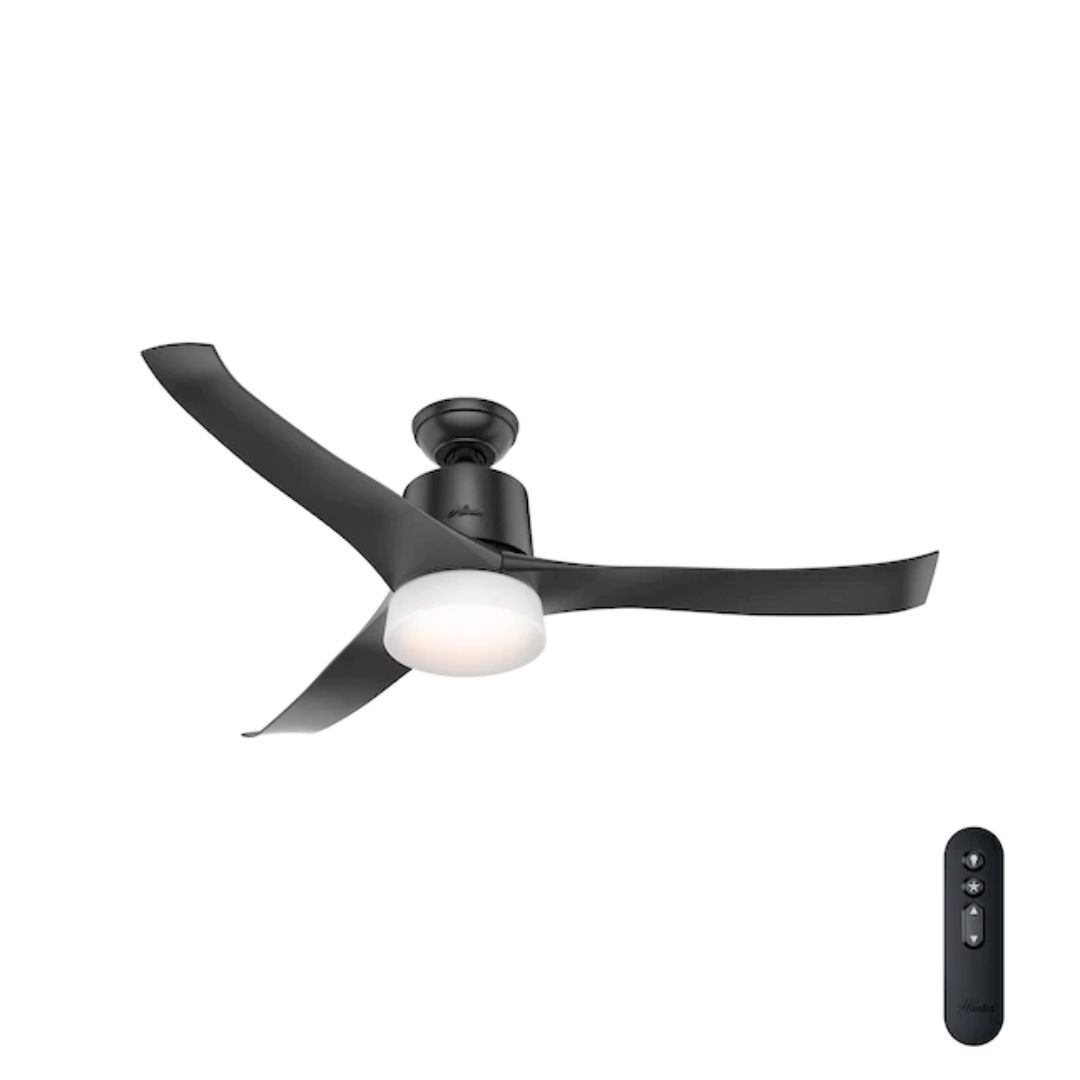
Nice breeze
Available in three finishes, this stunning 54-inch, three-blade fan with Whisper Wind motor technology is quiet even at the highest speeds. It can be run backward too, in order to redistribute warm air. In addition to turning it on via voice, you can control the lights, fan speeds, and even reverse rotation within the Home app or Siri. it does have its own app if you'd rather, and you can control it with the included remote control.
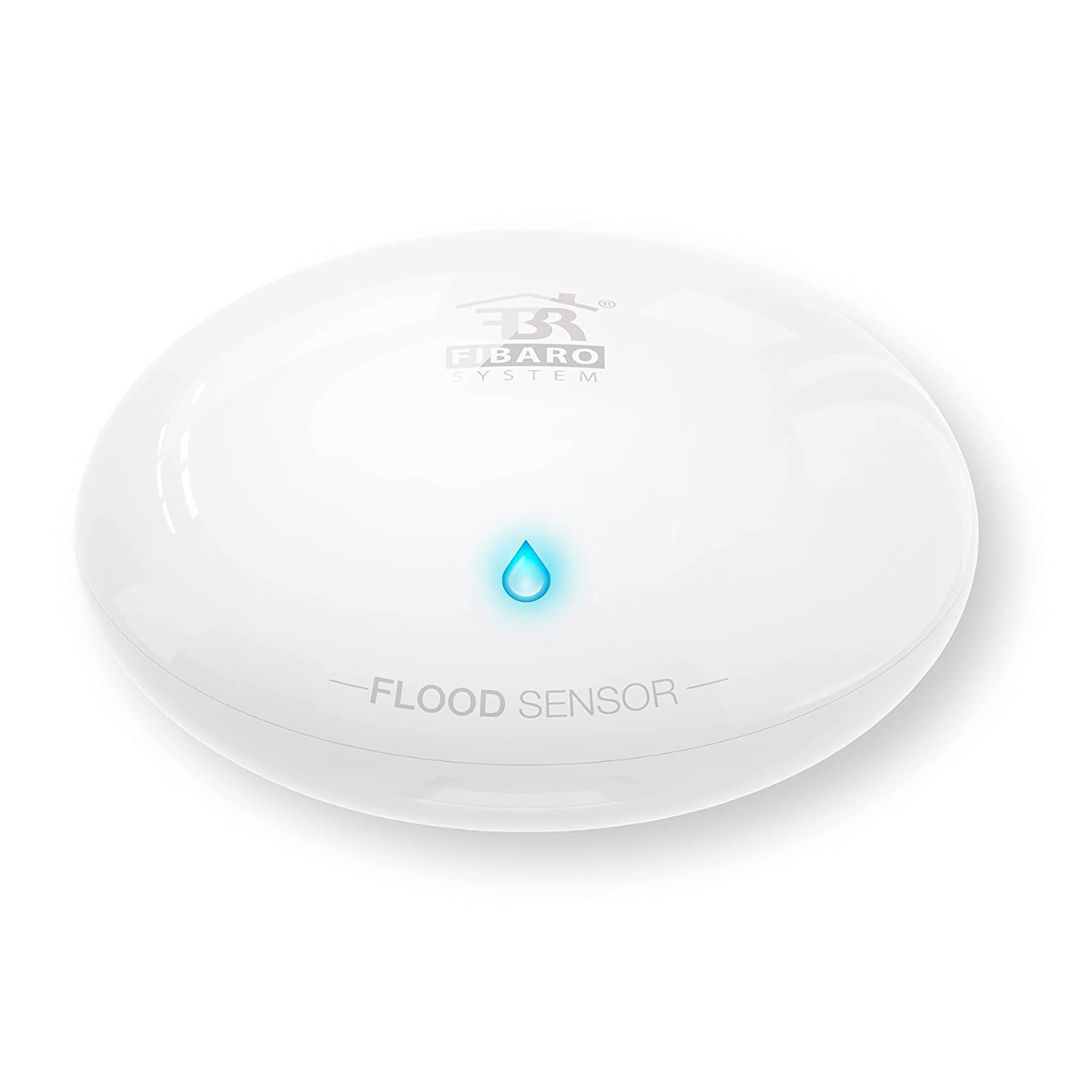
Flood insurance
This wireless sensor alerts you if it detects water, which could mean the difference between a minor repair and a massive cleanup job. The Fibaro Flood Sensor also monitors an area's temperature and is viewable in the Home app and accessible through Siri. It can also be used as a standalone device with a built-in alarm to let you know of water ingress. Stick it next to some pipes under the sink and you're good to go.
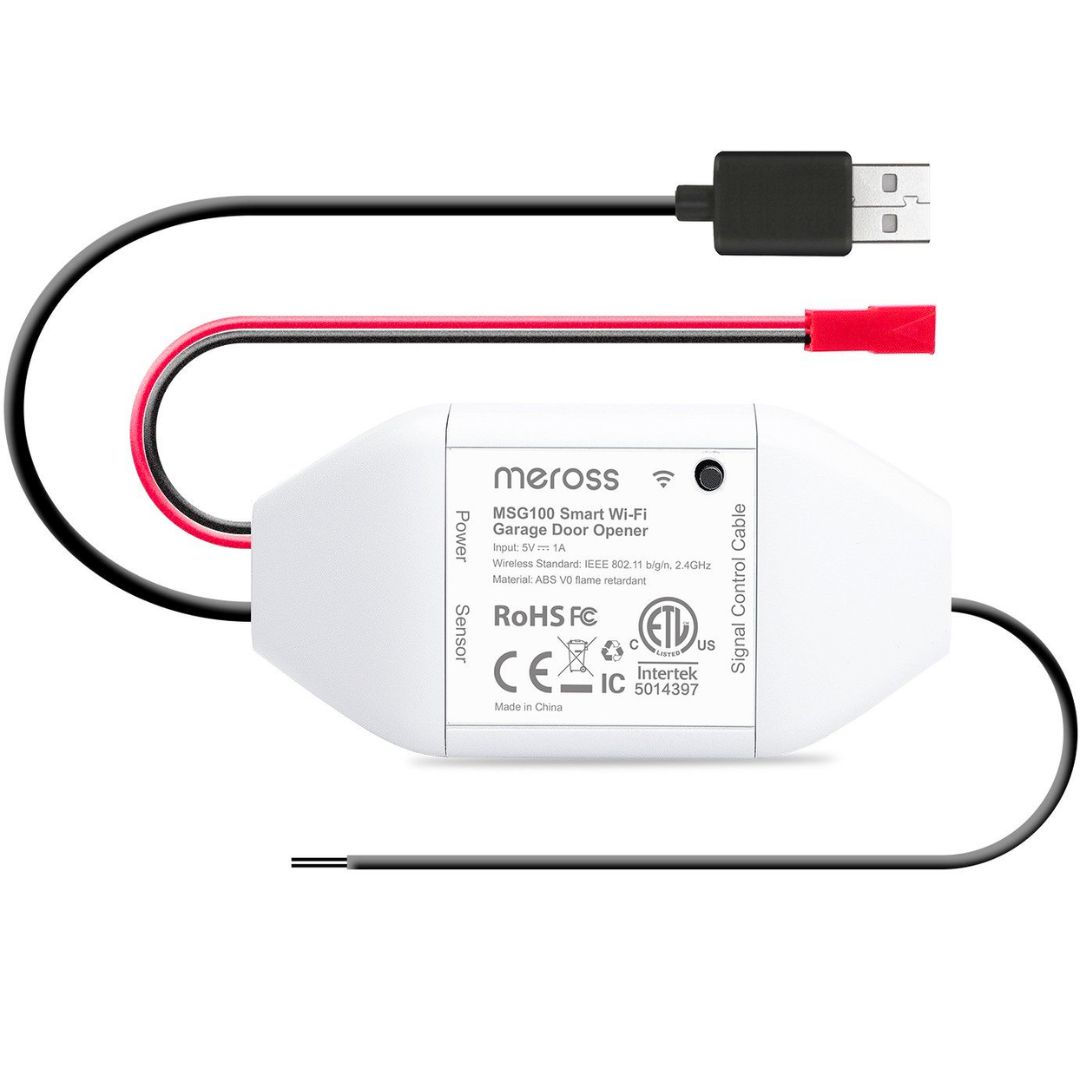
Open up
The Meross Garage Door Opener puts an end to the days when you are left wondering if you closed the garage door before heading out. Using Siri or the Home app, you can check your door's status and operate it remotely with a tap. HomeKit also provides notifications each time it opens or closes for extra security. If you've ever wanted to have a garage like in all those extremely cool eighties sci-fi movies, this is going to help.
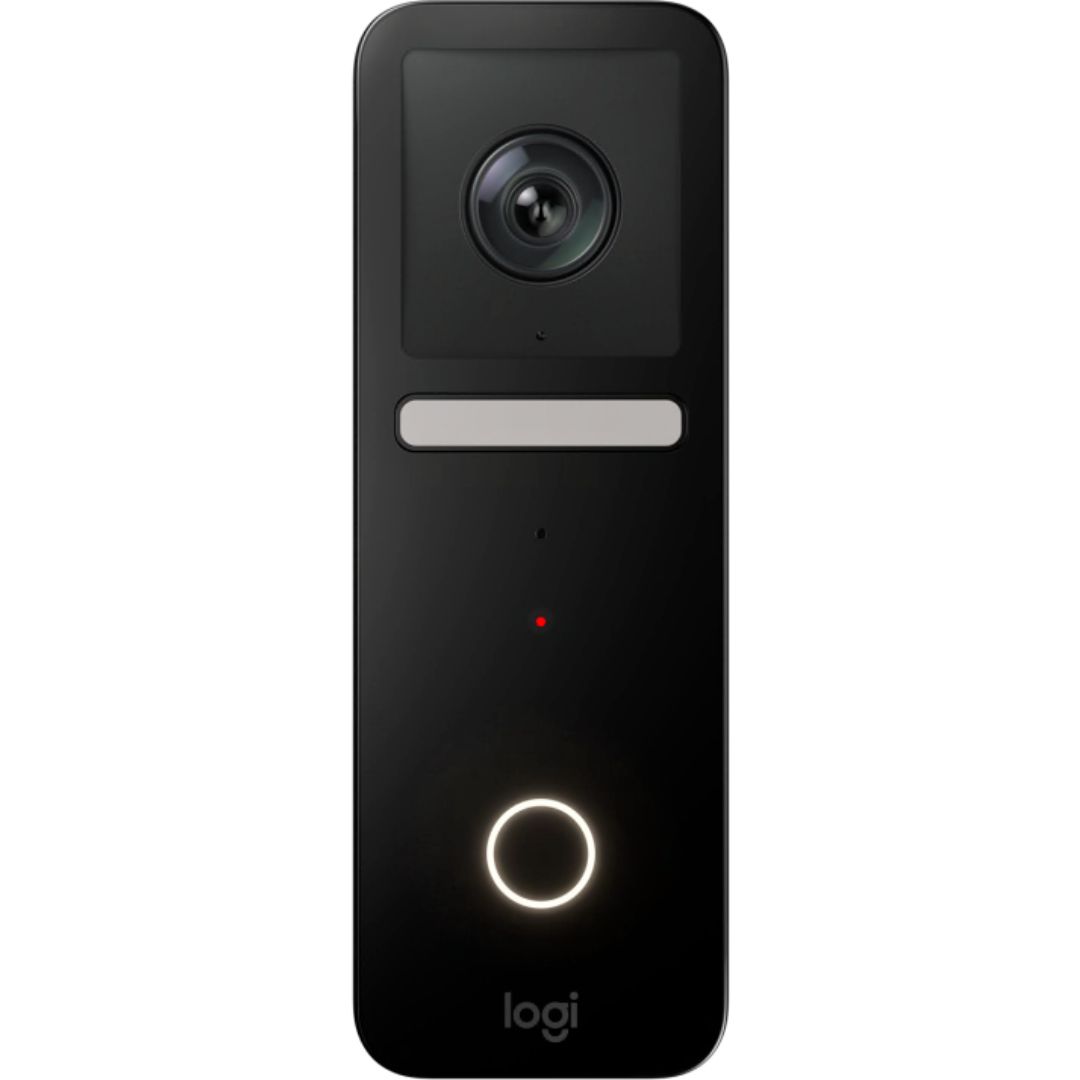
Package protector
The Logitech Circle View doorbell protects your precious packages with crisp, HD visuals with HDR and the latest HomeKit Secure Video features. Custom Activity Zones prevent nuisance notifications, iCloud storage keeps all of the happenings safe and secure, and Package Detection will alert you the moment your delivery arrives. You can even use your HomePods as additional doorbell chimes — it has it all.
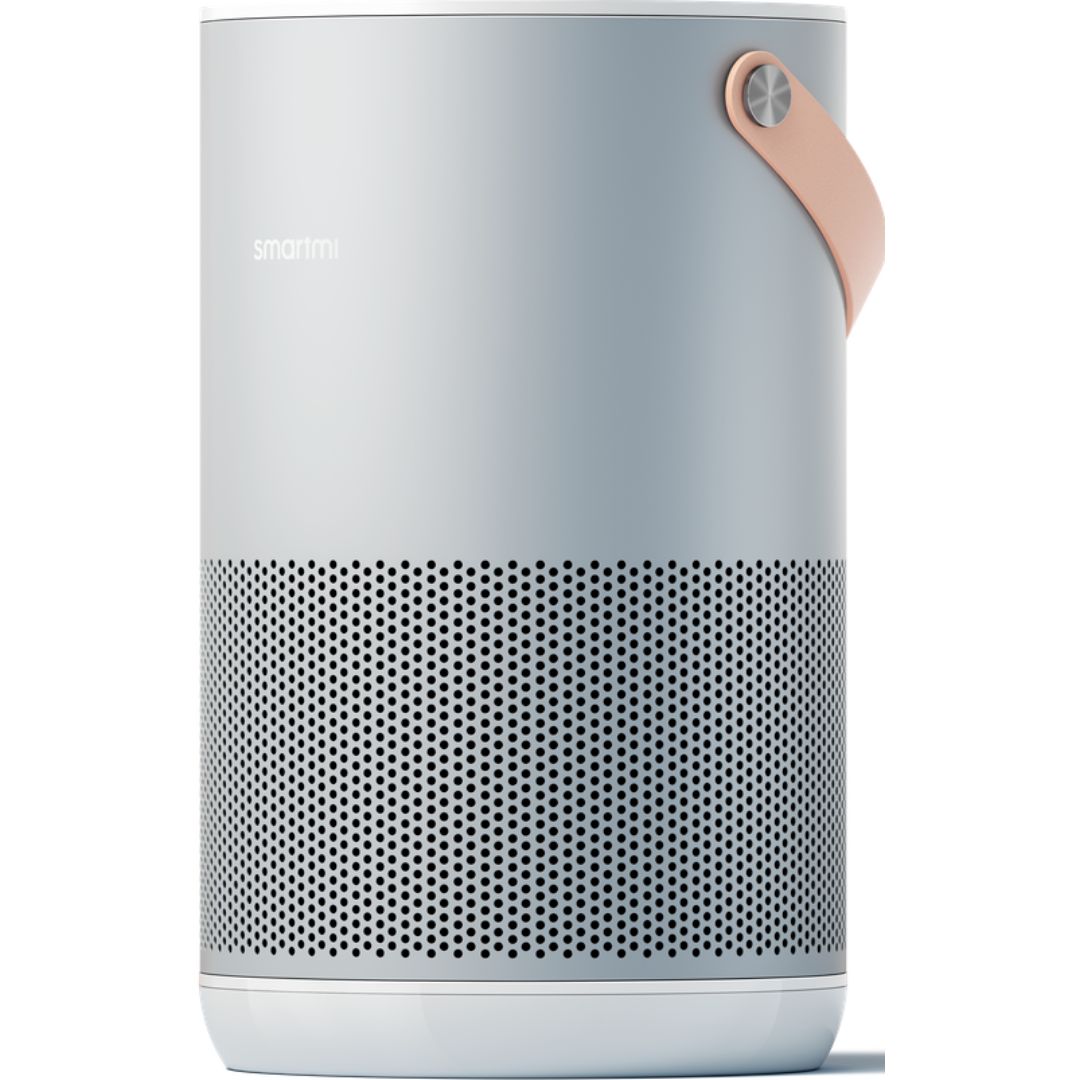
Clean convenience
Smartmi's P1 Air Purifier keeps your home's air fresh and clean with HomeKit and Siri, convenience. This HEPA air purifier covers small to medium rooms — up to 180 square feet, with customizable fan speeds and an automatic mode that ramps up when the onboard particulate sensors detect a change in the air. It'll filter out 99.7% of all in-air contaminants, so you can be sure that the air you're breathing is clean.
Make your home truly smart with the best HomeKit devices
Having a HomeKit setup in your home allows you to completely automate almost everything within your home. Want to have the fan in the dining room at three o'clock every Sunday afternoon? You can do that. Got a plant in the back garden that needs watering every three hours or so? You can do that too. There's not much that HomeKit can't do.
You're going to need a couple of things to get set up though, the first of which is a decent center to use the voice command section of HomeKit through Siri. A HomePod Mini is the perfect start, and it can even make timers and the like without any other external gadgets. Link it to an Apple Music subscription and it'll play whatever tracks you might ask of it too. Once you've got your other HomeKit devices hooked up to HomeKit and the Home app on your iPhone or iPad, you can command them through the HomePod with Siri. Want to turn the lights on in the study? "Hey Siri, turn on the study lights". Pop a couple around the house so that Siri can hear you wherever you are.
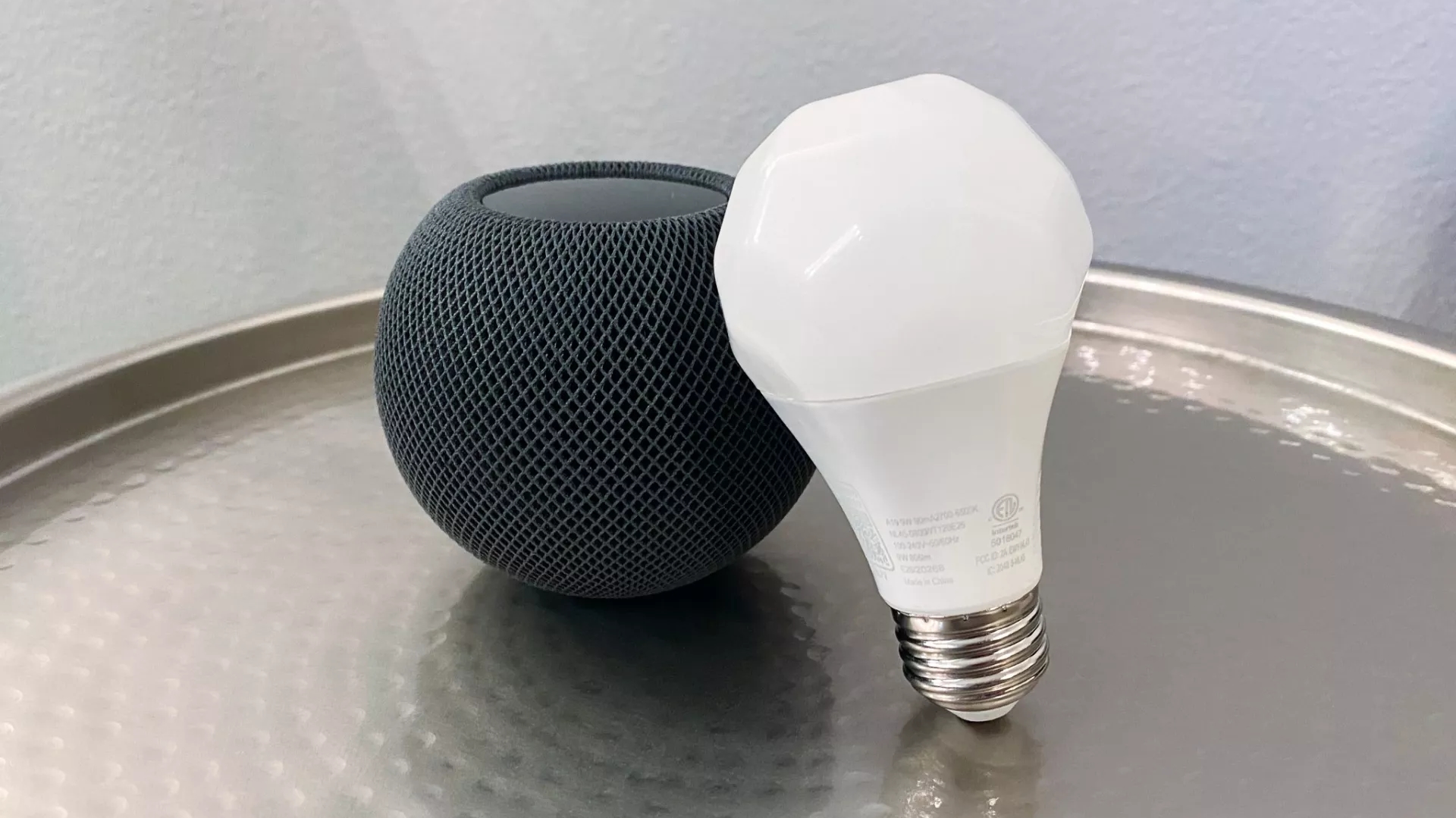
Lights are another great thing to add to your HomeKit setup. There are numerous roots you can take, but we find that Nanoleaf options tend to blend good prices with great products. You can get HomeKit-enabled standalone lamps, bulbs that go into your current fittings, and lightstrips you can put in different places around the house. These can all be controlled through HomeKit and Siri, and you can use the 'if this then that' to create scenes that you can activate.
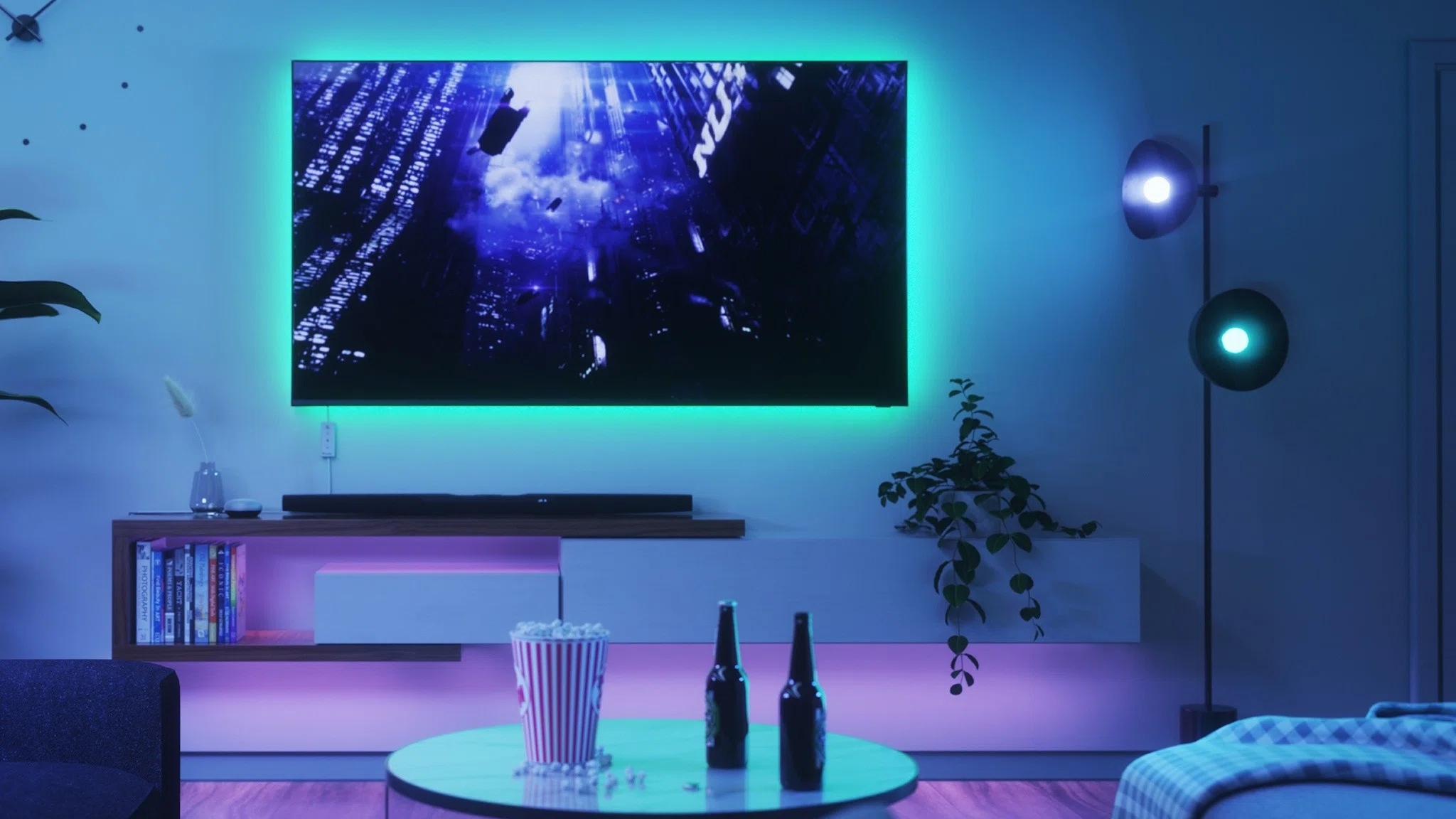
There are other things you can control through HomeKit as well, such as garage door openers, thermostats, and tap controllers. Most of these will fit on already existing hardware, so you needn't worry about fitting loads of new appliances around the house. Thermostats are a great next step, letting you control the temperature of the house with your voice or a tap on your iPhone. Some will even let you control different heating elements in different rooms separately, so you can really control every little part of the system.
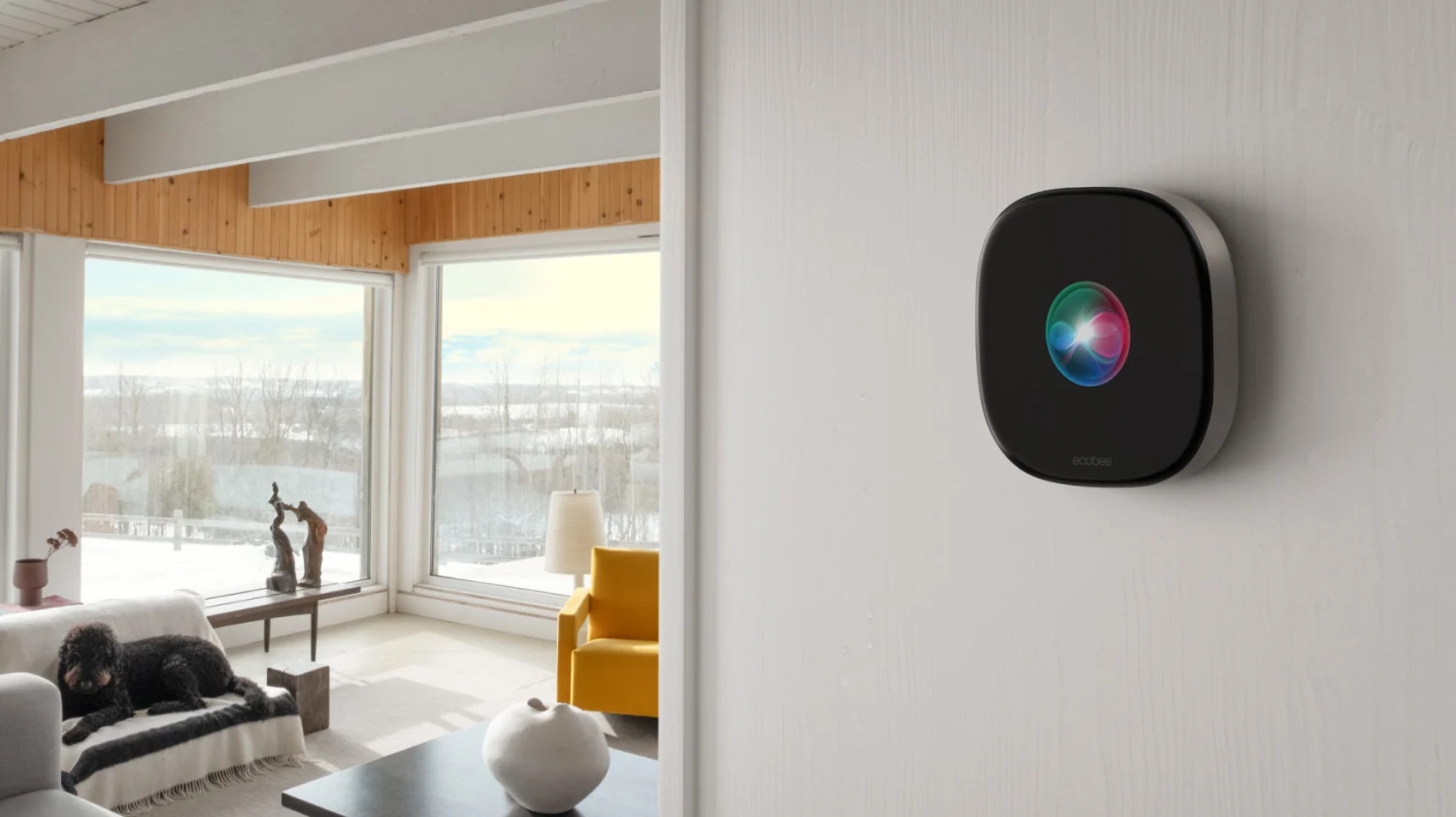
Of course, if you want to know more about how to get started with HomeKit, then make sure you check out the ultimate HomeKit guide where you'll learn all about how to get the perfect setup in your home. It's easier than you might think, and it'll really make automating your home that much more convenient.
How do I enable HomeKit?
It depends entirely on the product that you're connecting up. One of the first things you'll want to get sorted however is the Apple Home app that you'll find preinstalled on your iPhone or iPad. This is the nerve center of any HomeKit setup, so make sure that its all sorted first. From there you can add different products as you put them around the house, but make sure you're reading through the instructions to get them properly connected.
What devices can be used with HomeKit?
First of all, all of the devices on this page are HomeKit enabled, so you're all good with these. Otherwise, look out for the HomeKit-enabled badge that you'll find on products that you can use with Apple's automation system. Also, look for HomeKit in the name of the product. With the introduction of the Matter standard this will start to matter less, but for now make sure you're checking for HomeKit in the name - if it doesn't say anything about HomeKit in the product description, it's very likely that it won't work with your system.
If you don't want to spend a small fortune on new HomeKit smart devices, one workaround is to buy one of the best smart plugs for HomeKit. This is a good option for smart home beginners and allows you to try smart features with regular, "dumb" devices.
Is Apple Home the same as HomeKit?
Yes, but also no. It's a part of HomeKit - a very big part in fact. In order to create a HomeKit system you're going to have to use the Home app to connect everything together. That means that the Home app effectively becomes the nerve center of the HomeKit system in your house, collating everything together in one app.
iMore offers spot-on advice and guidance from our team of experts, with decades of Apple device experience to lean on. Learn more with iMore!
Christopher spends most of his time writing and dreaming about all things HomeKit and the Home app. Whether it is installing smart light switches, testing the latest door locks, or automating his households daily routines, Christopher has done it all.
- Tammy RogersSenior Staff Writer

